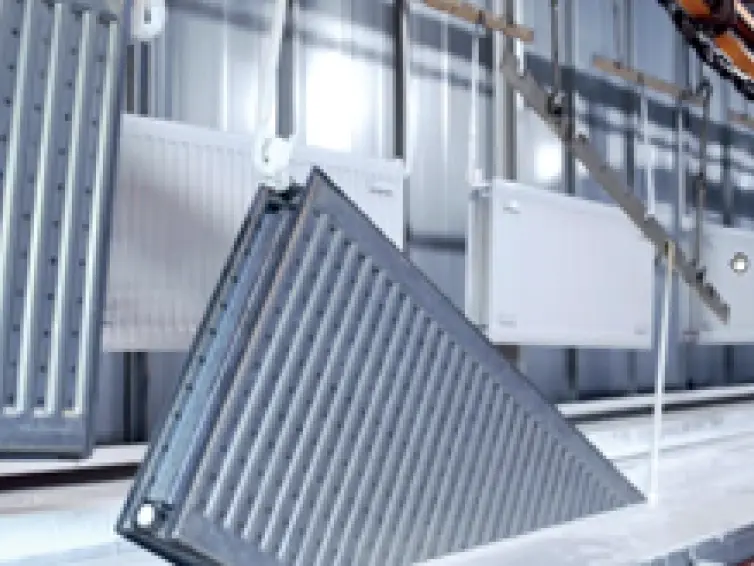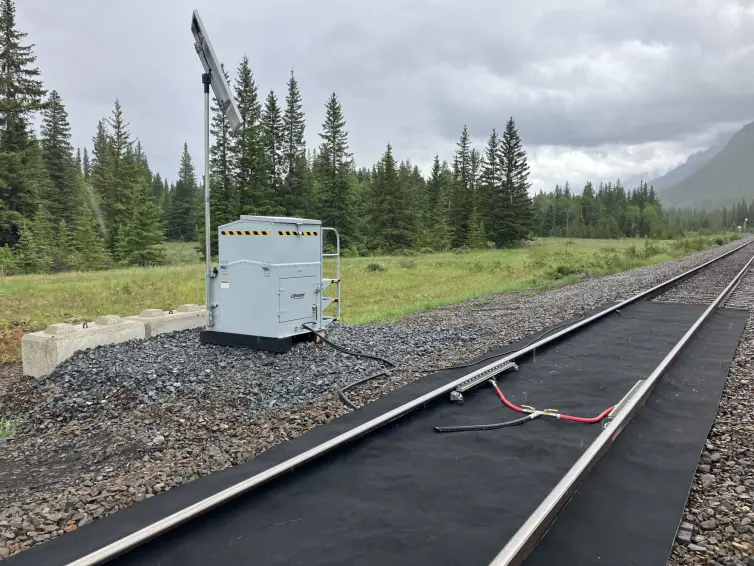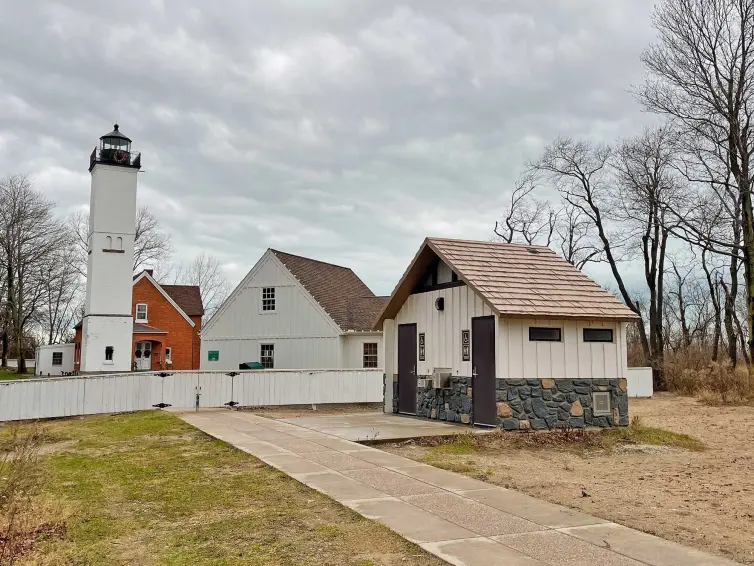Overhead conveyor solution for radiator painting
- Sep 03, 2020
- Rail
Domestic central heating manufacturers often use overhead conveyors to move heavy and awkward radiators on powder coating production lines.
When radiators are powder coated, they need to be moved safely and efficiently through the coating finish line. After application of the powder coating, the parts enter a curing oven. The entire process is automated with radiators transported on the overhead conveyor.
L.B. Foster Automation & Materials Handling is expert in the design, installation and commissioning of materials handling and automated manufacturing solutions for global manufacturing industries.
The existing conveyor solution was in good working order. We needed a team that understood the original configuration and which possessed the skills to repurpose it at a new production facility. L.B. Foster’s solution ticked all the boxes.
Requirement
L.B. Foster Automation & Materials Handling was invited to tender to repurpose an existing overhead conveyor that had previously been installed by L.B. Foster.
The existing overhead conveyor system formed part of a production line for a major domestic central heating radiator manufacturer. With the closure of this plant and the relocation of production to another site, the existing conveyor line needed to be decommissioned and dismantled in readiness for transportation to the new site. Once on site, the plan was to repurpose the old conveyor and integrate it into the new production line.
Specification
Phase 1
Phase 1 was to strip out the following existing equipment for re-use during
39 x straight track sections – 3m only
1 x drive unit
1 x 5m centres tension
2 x inspection sections
234 x sawtooth crossbar and S hooks
Phase 2
The following was provided for installation with the reused equipment from phase 1:
190m new system 60 chain with 234 x new pendants at 813mm pitch
New horizontal and vertical bends
Refurbishment of 1 x heavy duty S60 drive including new geared motor
1 x new Lubricator
Refurbishment of the tension unit
Expansion sections for the curing and drying ovens
Additional inspection sections
Support steel external to the plant
AC inverter controls
Mechanical installation
Electrical installation
Our solution
L.B. Foster Automation & Materials Handling carried out the works in two phases. Phase 1 involved stripping out equipment from the existing production line, including the disassembly and decommissioning of the conveyor prior to transport.
Phase 2 of the project involved supplying a range of new equipment, alongside the installation and repurposing of equipment salvaged from the obsolete manufacturing site.
New conveyor components were identified and manufactured to L.B. Foster’s standard specification. The repurposed drive unit was refurbished and supplied with a new geared motor capable of operating at a mean speed of 1.5m/min. The tension sections on the existing unit were replaced. A new brush lubricator was supplied positioned local to the drive unit to lubricate the conveyor chain. Existing track components were reused wherever possible, with new components added as required.
External supporting steel was designed and supplied, with supports manufactured from suitable platework to accommodate the proposed conveyor loading. The conveyor within the plant was suspended from the oven structure and therefore no support stands were included for this area. Brackets were included to attach to the oven structure and spine beams included over the three booths.
New pendants were provided to match the design of the salvaged production line to maintain compatibility with the existing and reused continuous flight bar and ‘S’ Hooks. Pendants were fitted to the chain at 813mm pitch.
We also designed and installed a new control panel providing stop/start and speed control for a 1.5kW conveyor drive motor. The control panel included a 24V DC PSU for the control circuits, lubricator switch, EMC filter, door interlocking isolator, emergency stop safety relay, contactors and miniature circuit breakers.
What they said
“We were determined to release the value in our existing overhead conveyor by moving it to our new manufacturing site. So this project was compartmentalised into two distinct phases.”
“That meant the team at L.B. Foster couldn’t just provide an out-of-the-box solution. This project required a great aptitude for problem solving, as well as a detailed knowledge and understanding of conveyor systems - both of which L.B. Foster delivered in droves ”



